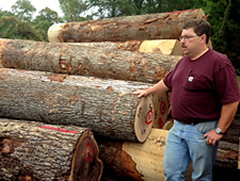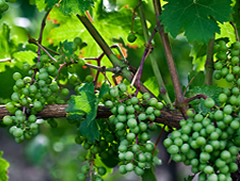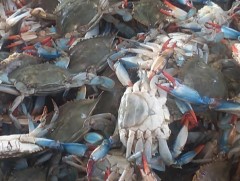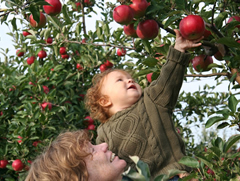MARBIDCO 2020 Annual Report Feature
Pandemic Adjustment Equipment Grant Fund Recipient: Hollywood Oysters
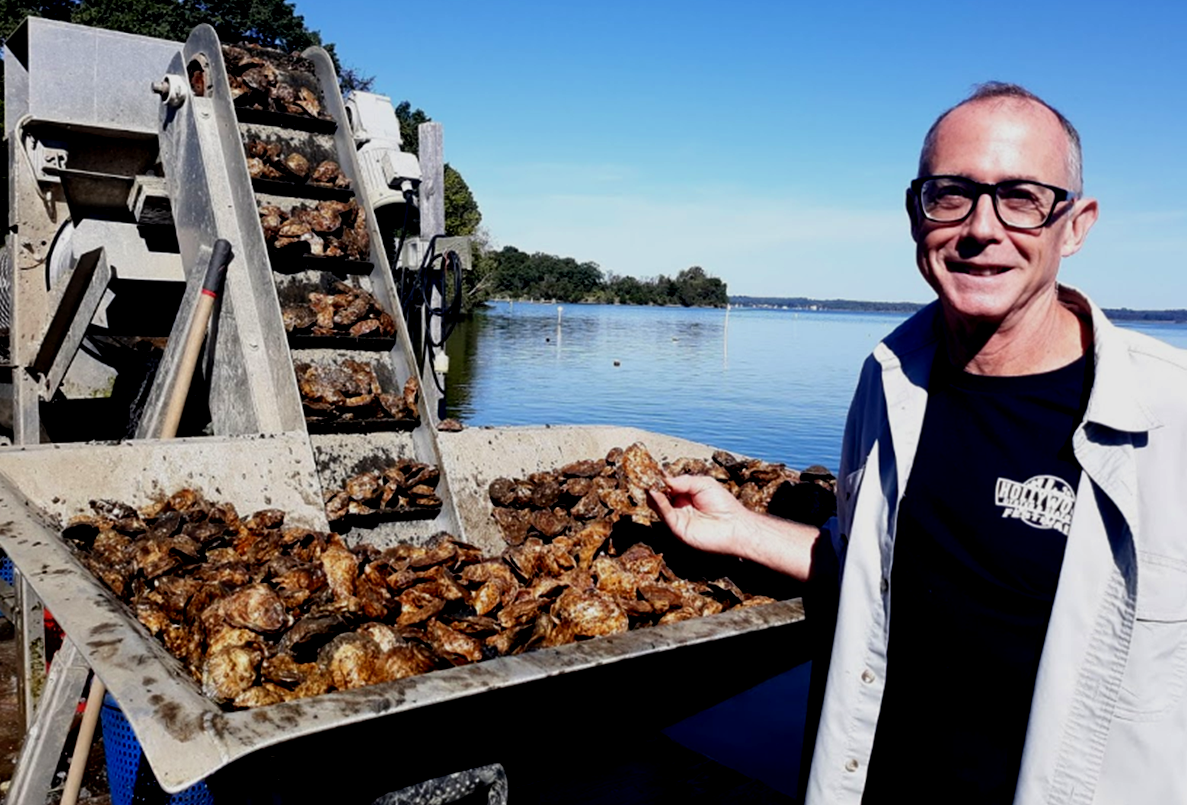
Tal Petty started Hollywood Oysters in 2010, anticipating that it would be his “retirement plan.” The 20-acre aquaculture operation is located on the Patuxent River near his family’s farm in St. Mary’s County. He started the business after learning about a small income tax credit program for growing oysters offered by the State of Maryland, and later acquiring a shellfish aquaculture lease from the Maryland Department of Natural Resources.
Petty’s business has grown from him selling a few oysters to his friends to where he now sells his product to national distributors. During this time, he has turned to MARBIDCO as a resource to help him finance this expansion. In the past he has used MARBIDCO’s Shellfish Aquaculture Financing Fund program to acquire seed (oyster larvae) and a variety of equipment, including oyster grow cages, harvesting equipment, dock extension, and a refrigeration unit.
“I’ve worked with MARBIDCO for ten years, and I’ve seen MARBIDCO mature and grow as well,” said Petty. “And it’s always been a positive experience. They’re flexible and helpful.”
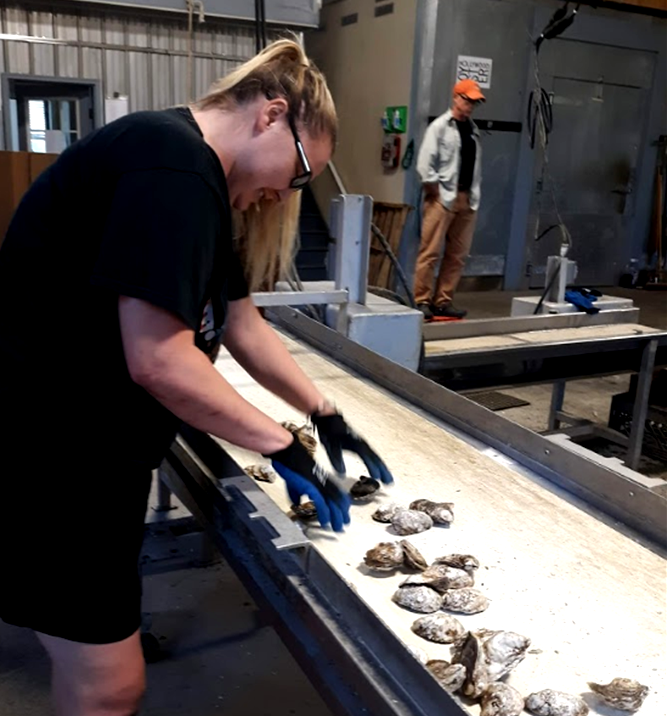
At the time the pandemic hit Maryland, he had plans in place to update the processing capacity of his farm operation. Those plans were put on hold when the pandemic resulted in the closure of restaurants and a severe loss of sales. With nonessential businesses shut down, he was forced to lay off his crew and close his business for two months. Hoping to expand his market when his business reopened, he applied to MARBIDCO’s Pandemic Adjustment Equipment Grant Fund to purchase a salination system that would allow him to create a value-added product. With this new piece of equipment, Petty will be able to offer oysters with a saltier taste, expanding the mix of oyster varieties he sells.
“We [produce] a sweet oyster here…. We have a clay substrate and a hard, sandy bottom, a perfect bottom for oysters,” said Petty. “A lot of people like a saltier oyster. So, it gives us the flexibility to sell both a sweet and salty oyster.”
The company’s most popular product is called “Sweet Jesus” oysters.
When harvesting, the oyster cages are brought in and the oysters are sorted based on size. Market size oysters are sent to the packing house. With the new piece of equipment, some of the collected oysters would be placed in the salinity system either over night or for several days. This process would give the oysters time to absorb the salt from within the system, adding a briny flavor to the oysters before they are shipped to market.
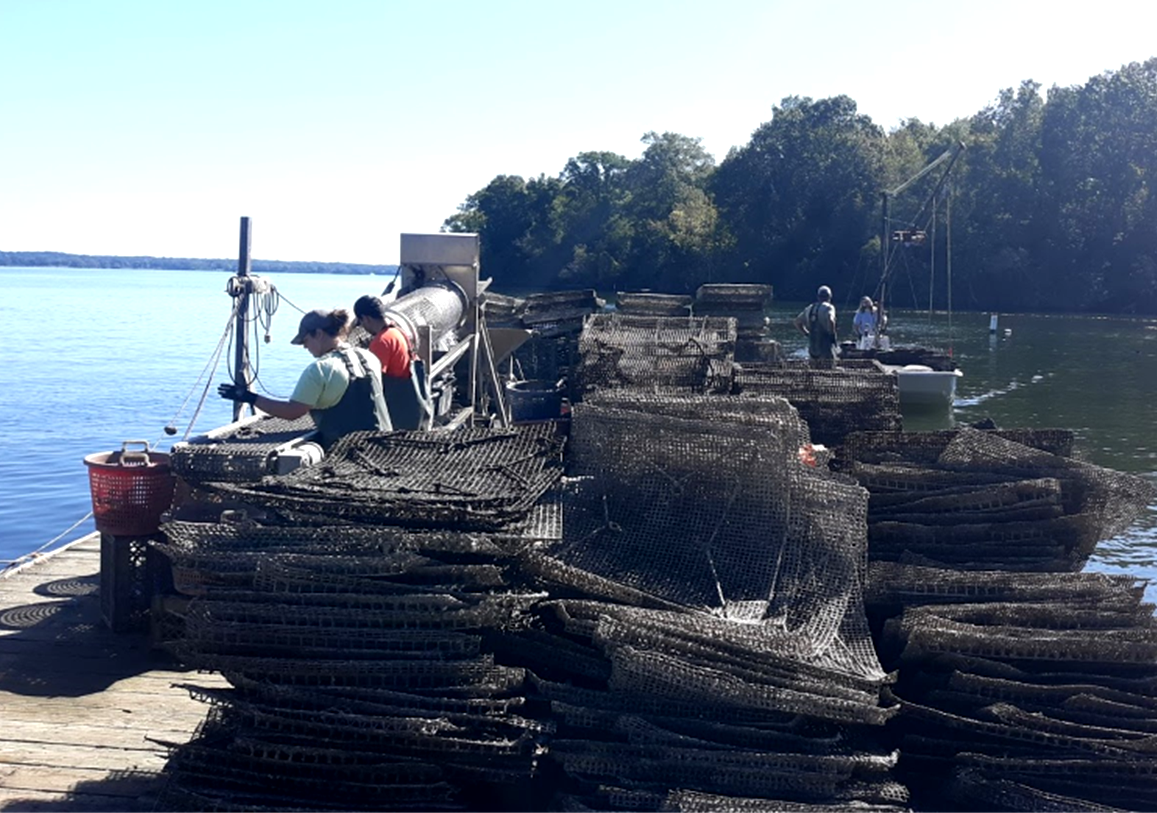
Petty’s hope for the future is to continue running his oyster farm profitably with his 10 employees and follow up on any new opportunities for operational innovation as the market and scientific research evolves.
Return to 2020 feature articles.
Read more annual report articles.

